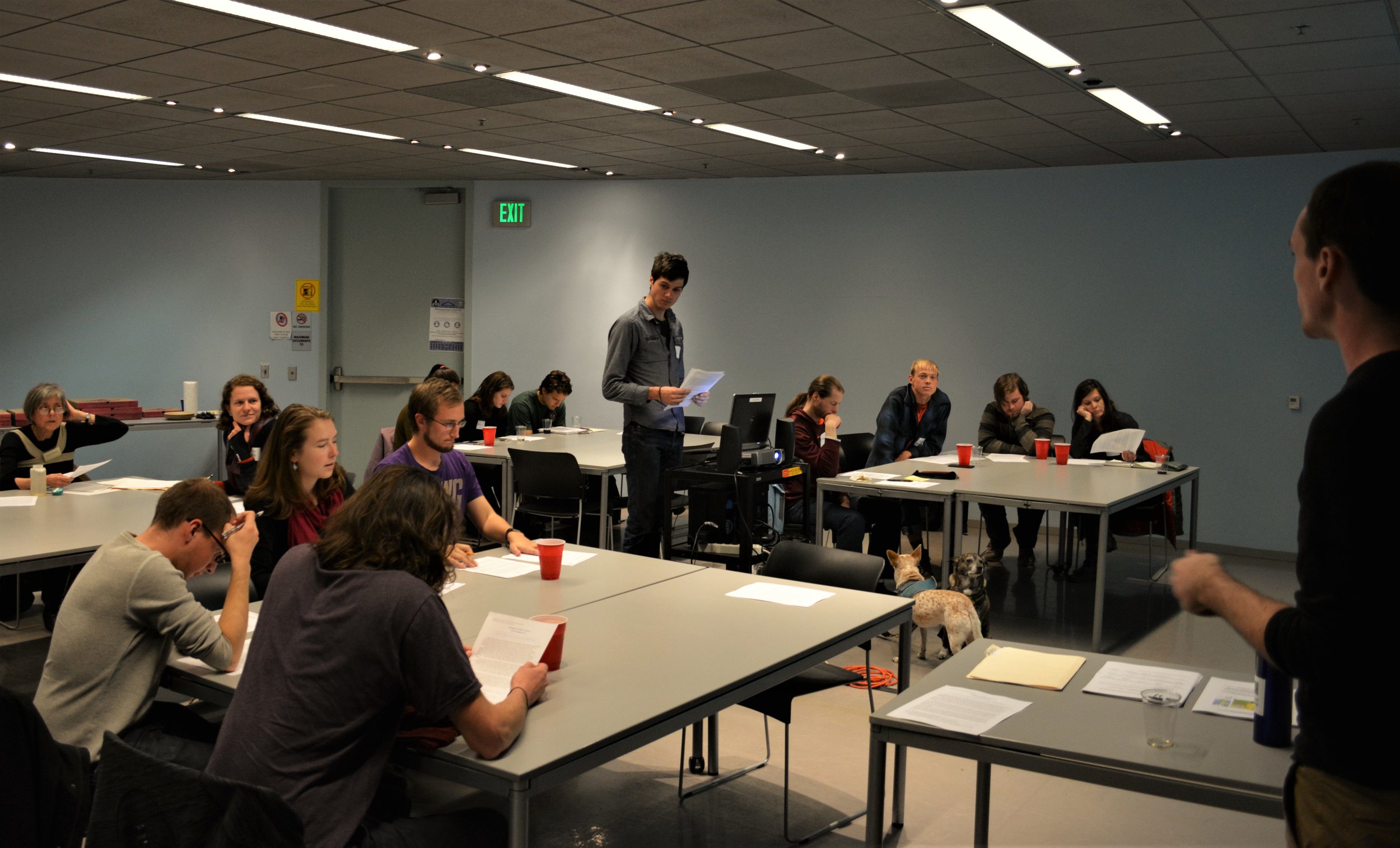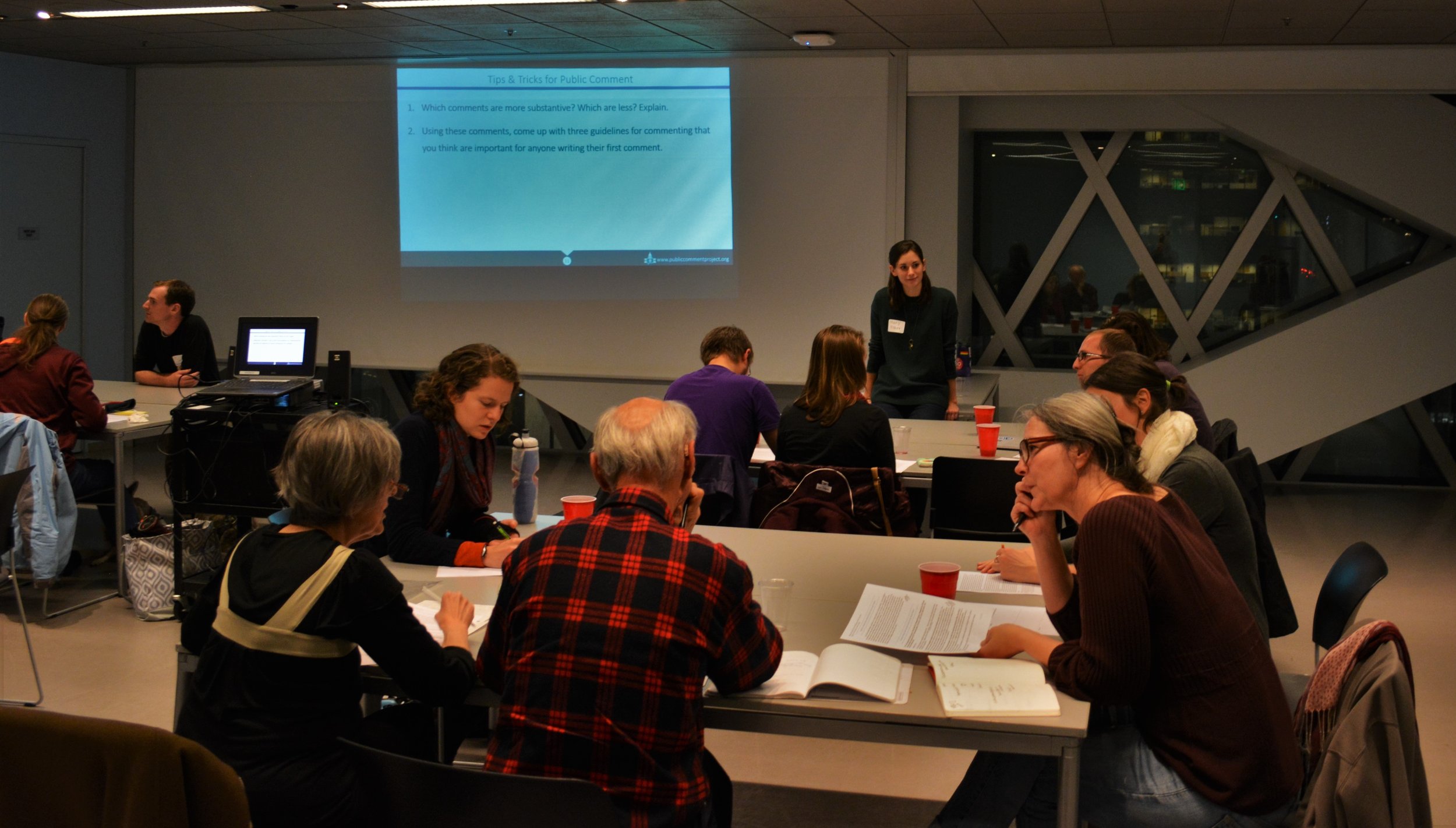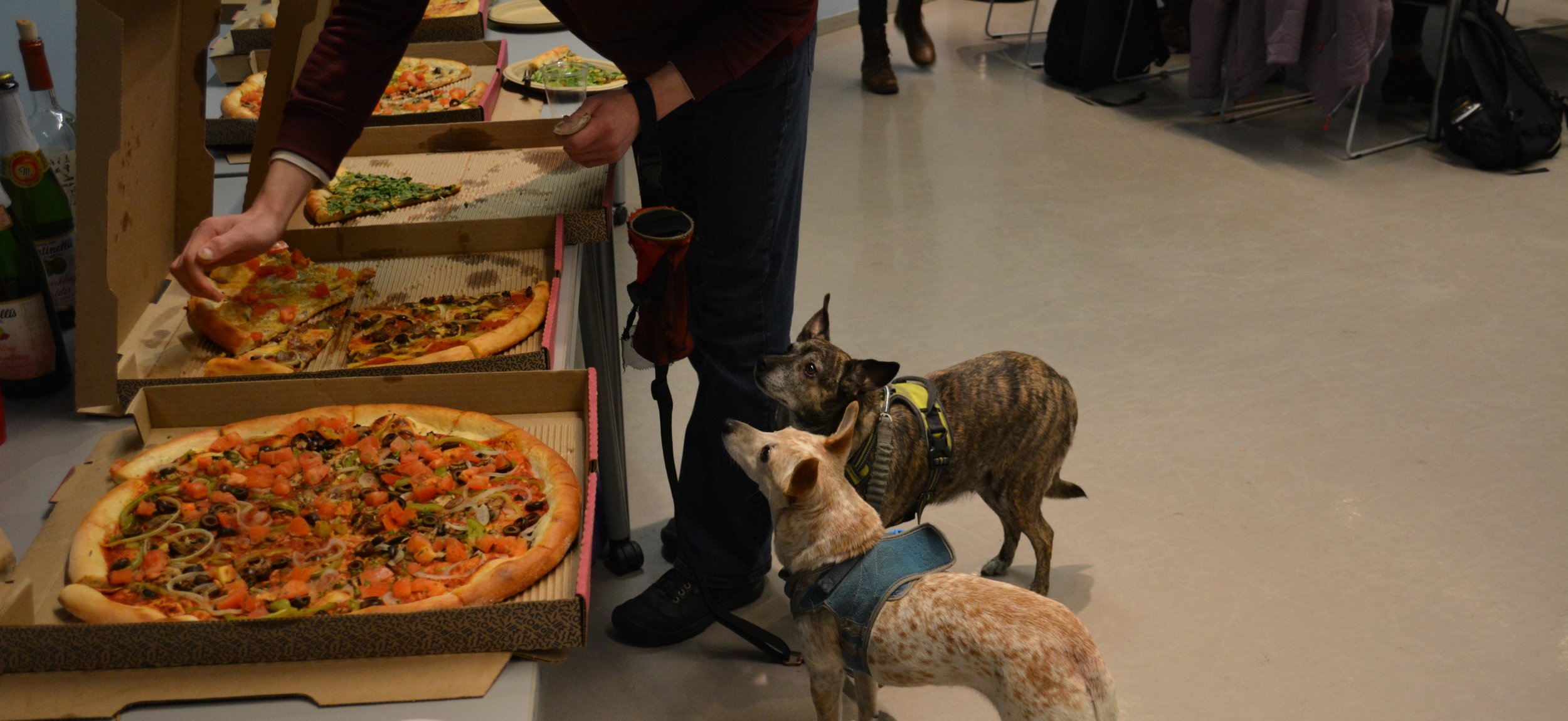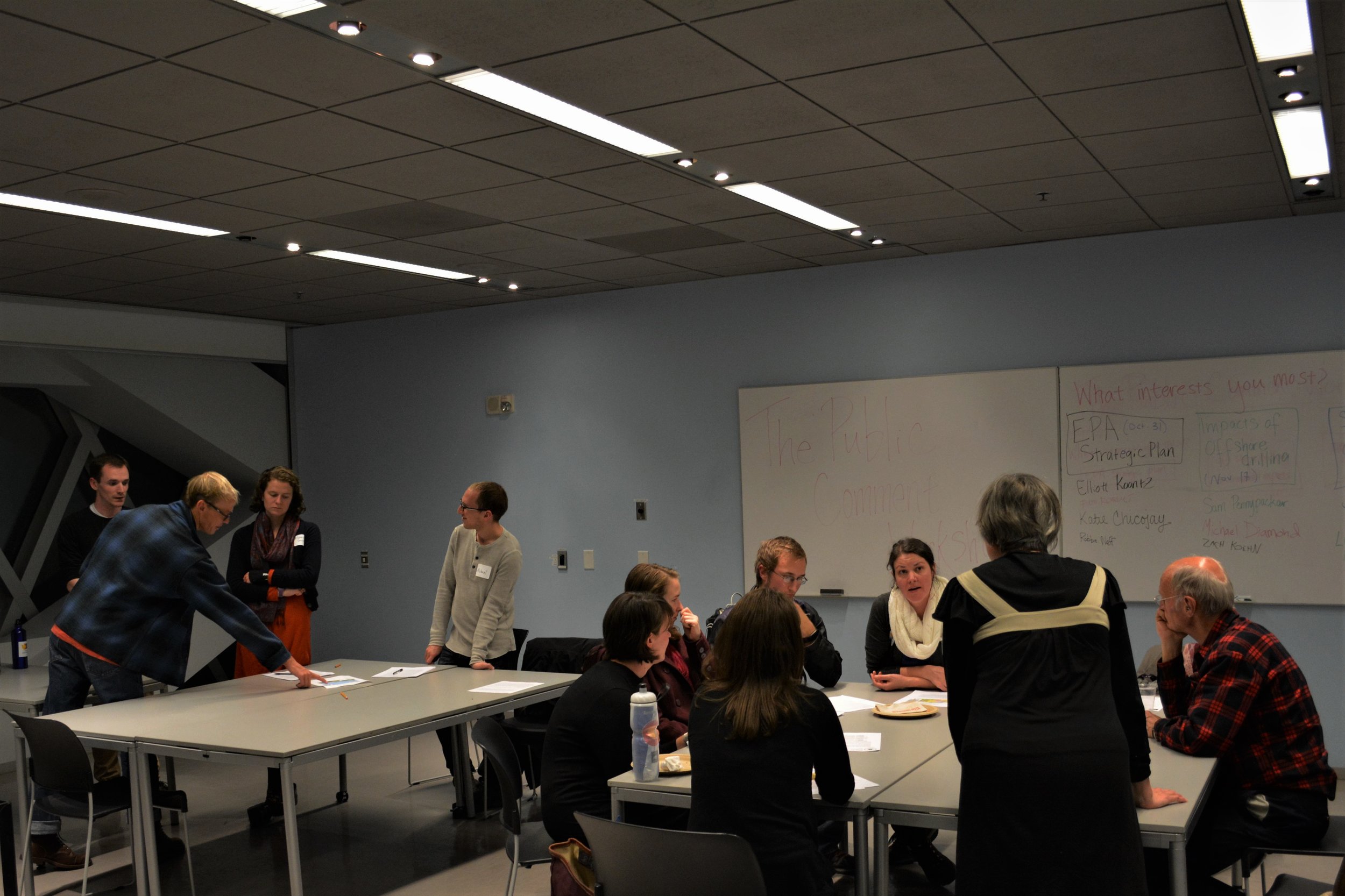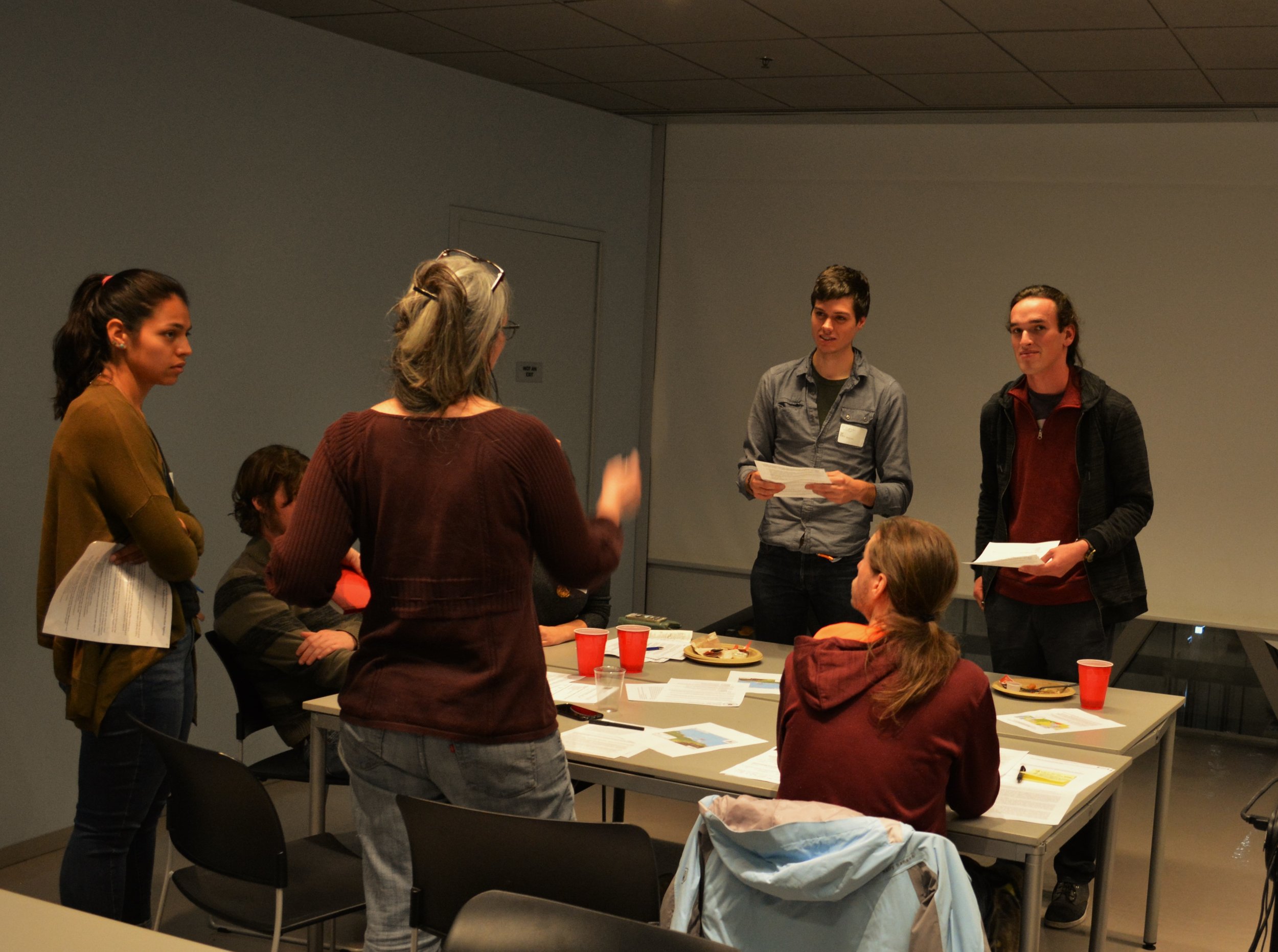guest blog post: Sam Sumpter, UAW 4121
Late last November, the US Department of Education, under the direction of Betsy DeVos, proposed sweeping changes to the rules governing Title IX implementation that would be a significant step backward in the fight against sexual harassment in higher ed. Earlier this month, the University of Washington (UW) held a series of hour-long forums on all three campuses, to disseminate information and take questions and comments from University members, which may be used to help shape the institutional response that UW is currently drafting. The public comment period is now open. It closes on January 30, 2019!
At one of those forums, University representatives presented a “before and after” summary of how the proposed changes would affect Title IX implementation at UW. Attendees were particularly concerned that:
Several of the proposed rule changes, especially when taken together, would produce a profound “chilling” effect on survivors’ willingness to report sexual harassment and assault.
The changes to the conduct of hearings and handling of evidence would re-traumatize many survivors of sexual harassment and assault. Indeed, as University representatives pointed out, the proposed rule changes “are not trauma-informed.”
The proposed rule changes would require UW to create a “two-tier” system for handling Student Conduct Code violations. One tier would focus only on the narrowed definitions and procedures required by the new rules. The second, more broad, would cover any Conduct Code violations not covered by Title IX. This would strain existing resources, thereby slowing down the process of getting justice for survivors which already takes months.
Finally, the proposed rule changes would exempt institutions from having to investigate complaints about sexual harassment or assault that happen off-campus.
Dozens of Academic Student Employees (ASEs) and Postdocs from UAW Local 4121 attended these forums. They pressed UW to explain how administrators plan to handle the many complications that the proposed rules would create. Not surprisingly, UW did not have many answers. The fact is, all of the Federal funding that flows into UW and other public institutions gives the Department of Education strong leverage to ensure that these institutions will follow the proposed rule changes, if implemented.
One ASE incisively pointed out that even the Obama-era guidelines for how to implement Title IX - along with UW’s specific implementation practices - are already too weak to protect victims of discrimination, harassment, and assault. Indeed, this is precisely why ASEs have fought - and won - much stronger contract protections against harassment, including an efficient survivor-centered grievance procedure for addressing harassment issues and research-driven peer-to-peer harassment prevention trainings. UW Postdocs are in bargaining right now, seeking to build on the groundwork that ASEs have laid. And beyond our contracts, our Union is unequivocally committed to taking action to fight for strong, trauma-informed sexual harassment prevention and response policies and programs.
One thing is very clear: the impacts of DeVos’s proposed changes will be highly detrimental to the entire UW community. Our union is urging everyone at UW and beyond to submit an individual comment on the proposed changes. Again, the deadline for submitting comments is 1/30/19. After the comment period closes, federal comment screeners will filter out duplicate comments, so please submit comments in your own words rather than copying and pasting from another source.
To read the Department of Education’s 1-page summary of the proposed rule changes, click here.
To see a more detailed summary with some background information, click here.
To take a very deep dive into existing law and the proposed changes, click here.


